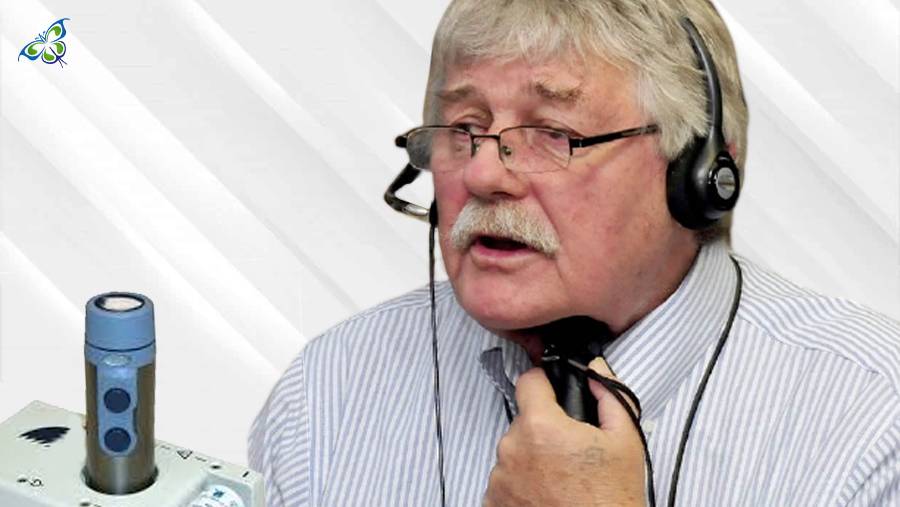
Hello
Select Address

Is it a total laryngectomy or a partial one? This one is crucial in determining whether one will be able to speak or not, post the surgery – something which is truly hard to accept. Psychological issues, therefore, creep in after such procedures. They don't affect you physically much but they do snatch away a lot more – all that you had taken for granted all your life (until the surgery) – your ability to speak and make yourself understandable to others!
The psychological outbursts
A partial laryngectomy may result in eating difficulties and it’s a matter of days or weeks before you get accustomed to the new eating norms. Eating, quite naturally, is not a round-the-clock activity, but speaking is. According to many laryngectomy patients or their family members, mood swings after the surgery are sudden, abrupt, and at times – the worst part of the disease!
To some it feels like an emotional roller coaster – one day great and the other day down, some feel euphoric just at the thought that they are alive, whereas others suffer from a feeling of loss and depression. Frustration and anger might take their toll on the sufferers as they struggle to express themselves. The very thought of not being understood by others is too painful to sympathize with.
Coping with the stress, therefore, forms the larger part of life after laryngectomy.
Getting back your speech after a laryngectomy
Medical science has gifted mankind with types of equipment to free themselves from the pangs of such depression. Voice prosthesis is one of them, and here’s a read on what it is and how it helps in restoring speech.
Let’s begin on a positive note. Yes, today there are several methods of restoring your speech post a complete laryngectomy. Speaking with the help of electrolarynx or esophageal speech are the techniques apart from a voice prosthesis that would let you speak again! Now, to decide upon which way to go, you might consult your healthcare personnel or your speech and language therapist. He or she will guide you on the different procedures and also which one should you go for.
A Voice Prosthesis
If you or your healthcare provider have decided upon a voice prosthesis, the process starts right at your surgery table. Once the larynx is removed, a TEP (trachea esophageal puncture) is made, which is a tiny hole or a fistula in between the windpipe and the food pipe. A small tube or a catheter is placed in this opening until the area heals. In the interim period, the patient is put on liquid intake, and once the catheter out (with the healing complete), the usual eating and drinking norms are resolved.
A Voice prosthesis is a small one-way valve that’s fitted in the fistula. It helps you push out the air from your lungs through the mouth. To do this, cover the stoma (opening in your throat) so that the air is forced to come out through the valve and upwards through the mouth. Success will not come in a day. Weeks and months of practice will eventually pave the way for hassle-free speaking!
Once you are accustomed to speaking with the aid of a valve, there are newer and more advanced methods such as the hands-free valves (that close automatically while you speak), which makes the task better and easier too.
With time and practice, the muscles in the pharynx become stronger and more flexible such that they vibrate easily to produce the sound. But if you are suddenly having some trouble (after using the valve for a long time), consult your doctor – your muscles might have gone into spasm!